Nos puede resultar difícil de creer que algo tan cotidiano como la camiseta haya sido una revolución en las prendas de vestir en el mundo, quizás porque desconocemos su historia.
An English translation below if you click ” Sigue leyendo”
En la Edad Media los soldados y nobles llevaban una especie de jubón para que la armadura no les rozara, pero las camisetas que tenemos en el armario aparecen en Europa a principios del siglo XX como ropa interior confeccionada en algodón.
A Estados Unidos se dice llega tras la primera guerra mundial cuando los americanos descubren su comodidad en los combates frente a la que usaban ellos de lana. La armada adoptaría el uso de la camiseta de cuello redondo, mangas cortas y fibra de algodón para que fuera usada por los soldados debajo del uniforme regular. Pronto pasó a prenda de vestir siendo comercializada por compañías como Sears o Fruit of the Loom, pero una vez más el cine ayudó a su boom. James Dean, Marlon Brando y un joven Elvis Presley, (como ya os conté con las Perfecto) las convirtieron en icono rebelde mostrándolas exteriormente.
En 1948 se estampa la primera camiseta para la campaña a las elecciones del gobernador de Nueva York Tomas Dewey con la frase “Dew-It with Dewey” y se la descubre como un instrumento publicitario de primera fila. Se convierte en artículo de marketing y se empiezan a comercializar con todo tipo de logotipos y para todo tipo de eventos. Esta primera se conserva aún en el museo Smithsonian.
En los años 60, Christian Dior y más tarde Yves Saint Laurent la llevan a sus pasarelas y pasa a formar parte del armario de las damas más ricas de Europa. La moda hippie la simplifica y la hace cotidiana. Más tarde, en los 80, la serie Miami Vice y el vestuario de Don Johnson diseñado por Adolfo Dominguez la hace formar parte de los armarios masculinos junto con los trajes de lino, creando una nueva manera de vestir el clásico traje.
El nombre con el que se conocen las camisetas es muy variado: camiseta en España, remera en Argentina, polera en Chile, franela en Venezuela, playera en México, … y t-shirt en inglés (por su forma de T).
Las camisetas suelen llevar estampados, con algún texto o imagen, reforzando su carácter casual. Las tintas plastisol que usamos hoy en día fueron inventadas en 1959 y fue una de las primeras revoluciones en la industria de la Camiseta. Luego llegaría el papel transfer para pegar con plancha y finalmente la serigrafía, también llamada estampación por pantalla o screen. Con todas estas técnicas nacería una nueva industria la cual continuó creciendo hasta haber vendido mas de un billón de camisetas solo en 1995.
En estos últimos años ha aparecido en el mercado una nueva técnica digital que pretende desplazar en parte el proceso de screen , pero todo eso os lo iré contando en futuras publicaciones, donde os mostraré las diferentes técnicas de estampación.
Can be hard to believe that something as mundane as a T-shirt has been a revolution in clothing in the world , perhaps because we don’t know its history.
In the Middle Ages, the soldiers and nobles wore a kind of shirt to avoid any blistering wearing the armours, but the t-shirts we have in the closet appeared in Europe in the early twentieth century as underwear made of cotton.
It comes to the United States on the First World War when the Americans find them comfort for the fighting against the ones they wear made in wool. The U.S. Army adopts the use of crew-necks and short sleeves shirts to be worn as underwear beneath the uniform. Soon it became exterior garment being marketed by companies like Sears or Fruit of the Loom, but again Hollywood caused its boom, same as happened with Perfecto jackets. The popularity of the T-shirt skyrocketed to even greater heights when Marlon Brando wore one in A Streetcar Named Desire. It became fashionably cool to wear as an outer garment. Worn by James Dean and a young Elvis Presley, the tee became a revel icon.
In 1948 a t-shirt is printed for the campaign of New York Governor Thomas Dewey with “Dew-It with Dewey” sentence and then discovered it as a key publicity tool. It becomes an essential marketing article and it begins to be produced with all kinds of logos and for all kinds of events. This first marketing tee is still preserved in the Smithsonian museum.
In the 60’s, Christian Dior first and Yves Saint Laurent later show them in their catwalks and they become part of the wardrobe of the richest ladies in Europe. Hippie fashion simplify them and made them quotidian. Later, in the 80s, the Miami Vice TV serie and Don Johnson wardrobe designed by Adolfo Dominguez makes the tees part of male wardrobes with linen suits, creating a new way to dress the classic suit.
T-shirt name refers to the T shape of the body and sleeves. It is normally associated with short sleeves, a round neck line known as a crew neck, and no collar.
The usually worn shirts are printed with texts or images, strengthening its casual character. The plastisol inks that we use today were invented in 1959 and was one of the first revolutions in the t-shirt industry. After it, the transfer paper to glue boards appears and finally the silkscreen, also known by screen printing. With all these techniques a new industry born and grow until sold over a billion of tees in 1995.
In last years, a new digital technique has appear on the market that aims to shift apart the screen printing, but I will talk about it in future posts, where I will show the actual different printing techniques.
Imagenes: mnn, mentalfloss,

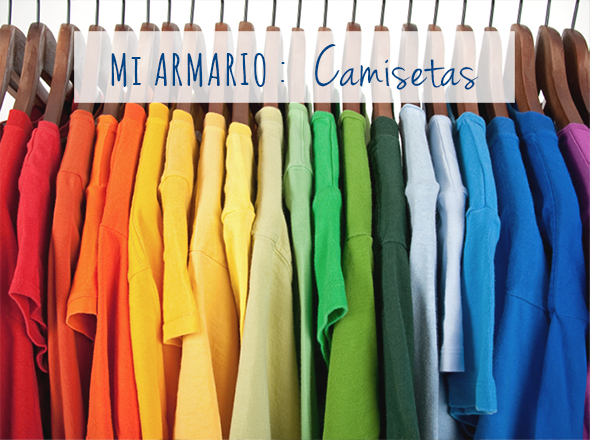
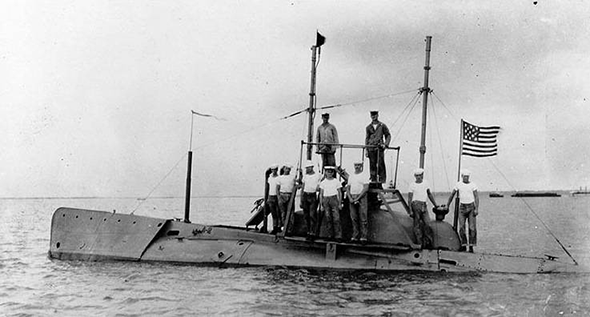
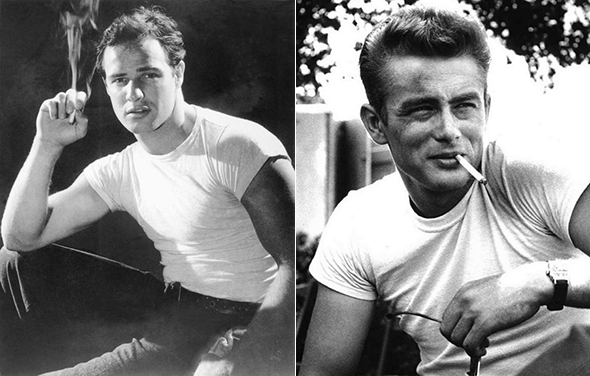
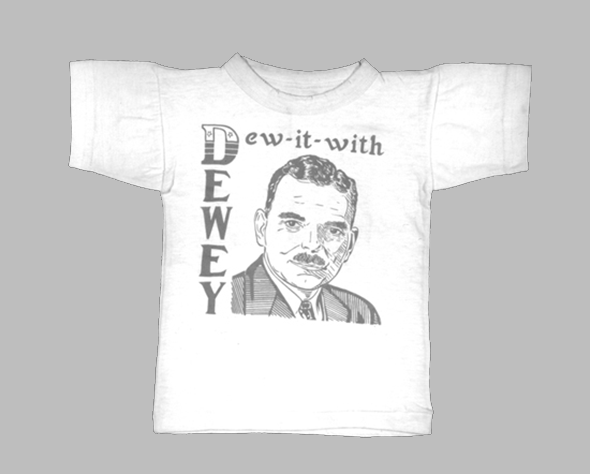
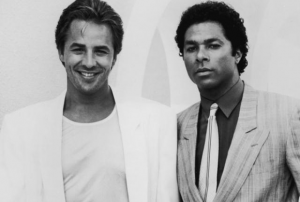
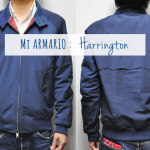







Glad to be one of numerous visitants on this awful web website.
Glad to hear it!